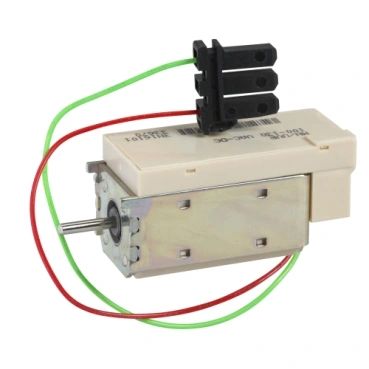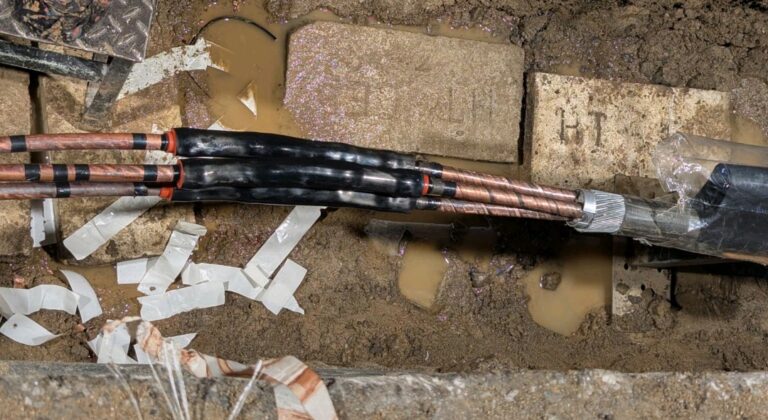In an Air Circuit Breaker (ACB), both undervoltage release (UVR) and shunt (open) release are used for tripping the breaker, but they operate in different ways and serve different purposes.
1. Undervoltage Release (UVR)Function: –
Trips the ACB when the control voltage falls below a predetermined level.
Purpose: Protects equipment from operating under low voltage conditions that may cause overheating or malfunction.
Operation:If the supply voltage drops below 70–35% of its rated value, the UVR trips the breaker.
The breaker cannot be closed until the voltage returns to an acceptable level.
It remains energized during normal operation and trips when voltage is insufficient.
2. Shunt (Open) Release
Function: Remotely trips the ACB when a control signal is given.
Purpose: Allows remote tripping using an external control system such as a protection relay, PLC, or SCADA system.
Operation:A momentary pulse (typically 24V, 110V, or 230V) energizes the coil, causing the breaker to trip.
Unlike UVR, the ACB can be closed again after the trip condition is removed.

